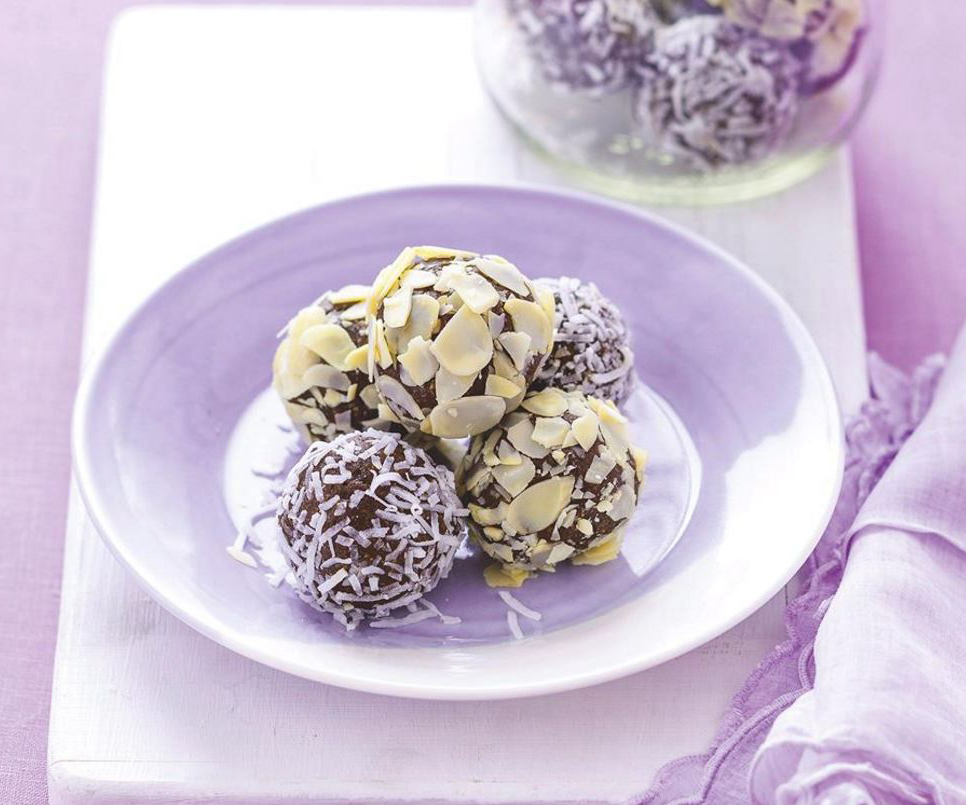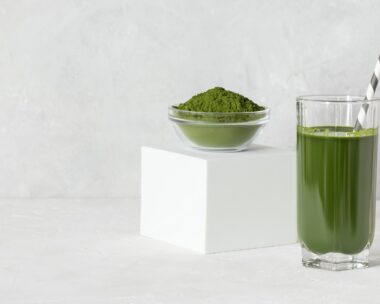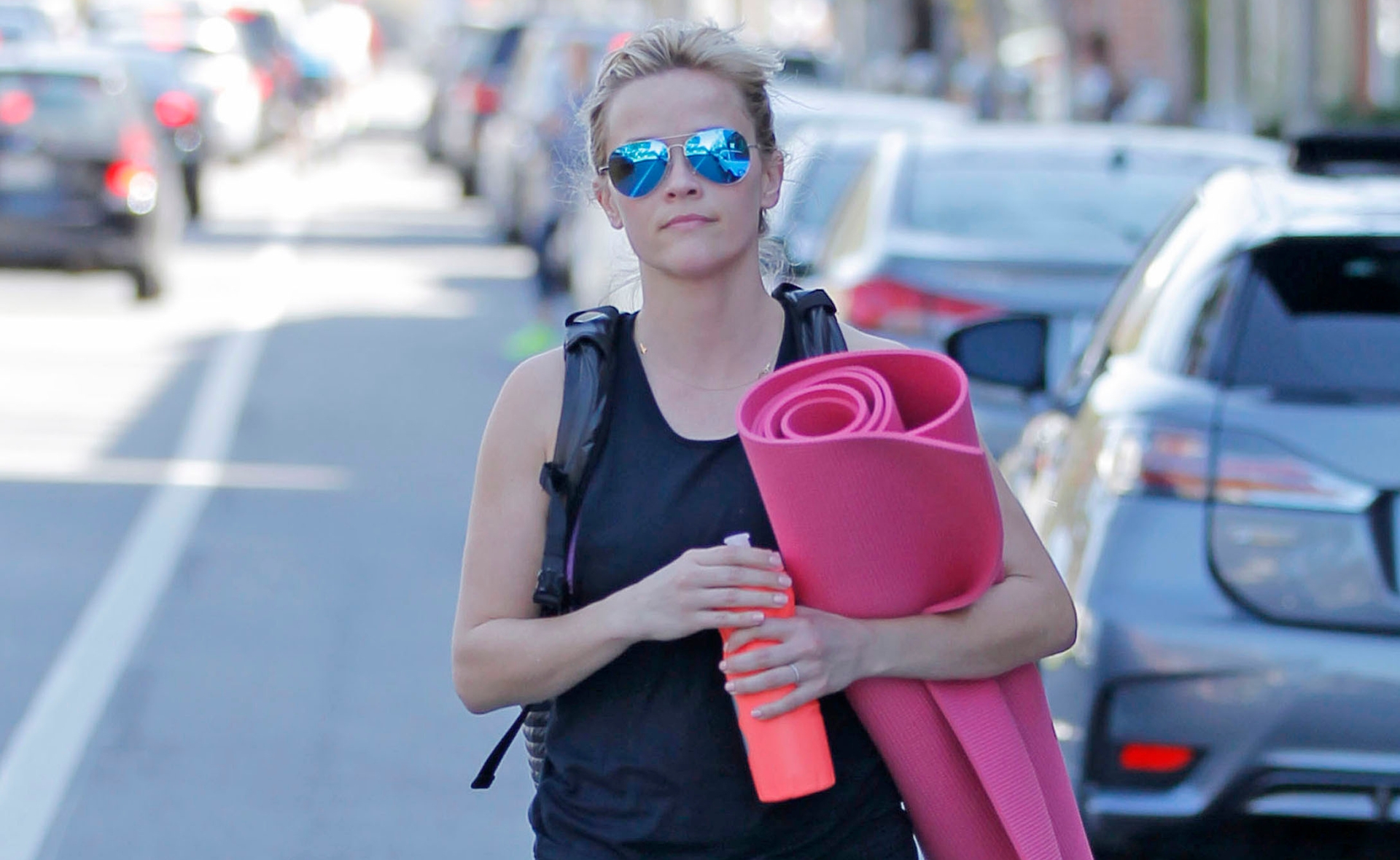Smoothie bowls, loading up on kale and eating gluten-free are definitely trending in the food world at the moment but as each new health fad sweeps in, it brings with it a shock of conflicting information.
So how healthy are these health trends? And are they actually doing more harm than good?
Smoothies:
It feels like we’ve hit peak smoothie; a NutriBullet was sold every 30 seconds on Black Friday before Christmas last year.
And while upping your fruit and veg intake is normally considered a good thing, experts believe that people are overdoing it when it comes to smoothies.
Amanda Freer, a nutritional therapist in the UK, said that “even though the ingredients are natural, they can still be incredibly fattening if eaten in large quantities”, especially when adding in nut butters, high-sugar fruits, bananas and avocados with careless abandon.
If you can’t bear to part with your blender, make sure that your smoothie isn’t doing more harm than good by limiting yourself to one smoothie a day in place of, rather than in addition to, a regular meal.
Acai bowls:
If smoothies aren’t actually all that healthy, then you really need to keep an eye on acai bowls.
The trendy Instagram-worthy health movement – seriously, check out these gorgeous smoothie bowls – takes your already calorie-heavy smoothie and whacks even more fruit, nuts and seeds on top.
Yes, they’re delicious, but these should really only be a once-in-a-while deal; better to serve yourself a healthy portion of kefir yoghurt with a recommended serving of fresh fruit instead.

Gluten-free diets:
While one in 70 Australians suffers from coeliac disease, the disproportionate rise in the gluten-free food industry is worrying experts, who believe that a lot of people are adopting gluten-free diets in a bid to lead a “healthier” lifestyle.
But unnecessarily cutting out gluten (found in wheat products, barley and rye) can do more harm than good.
Adopting a gluten-free diet without appropriate testing can actually increase fat and calorie intakes, and, since gluten-free products are often low in nutrients, may even contribute to nutritional deficiencies.
Whole grains, on the other hand, are a great source of fibre, vitamins and minerals, and low GI options can help to boost brainpower, by keeping you mentally alert throughout the day.
Eating kale with every meal:
Kale sales have rocketed in the last couple of years as health gurus took to heaping praise on the leafy green’s health benefits.
And while it’s true that kale is a nutrient-dense vegetable (packed with vitamins A, C and K as well as plenty of iron and calcium) it also contains a high amount of oxalates, which can increase your chance of developing kidney stones.
When it comes to veg, keep it varied; the more colourful your plate, the wider variety of vitamins and minerals you’ll be tucking in to.
Might be safer to stick to one kale smoothie a day, too.
Raw desserts and bliss balls:
You might think you’re plumping for the healthier version by opting for a raw dessert, but this health trend is deceptively high in calories.
Nuts, dried fruits, coconut butter and oil can pack a seriously dense calorie punch, while refined sugar replacements like honey and maple syrup still count as sugars.
Bliss balls in particular can lull health-conscious foodies into a false sense of security; while, nutritionally speaking, swapping out white flour, sugar and butter can make for a healthier alternative, it’s easy to overeat homemade treats, which cancels out the benefits.
By Deirdre Fogarty
This story originally appeared on Food To Love




